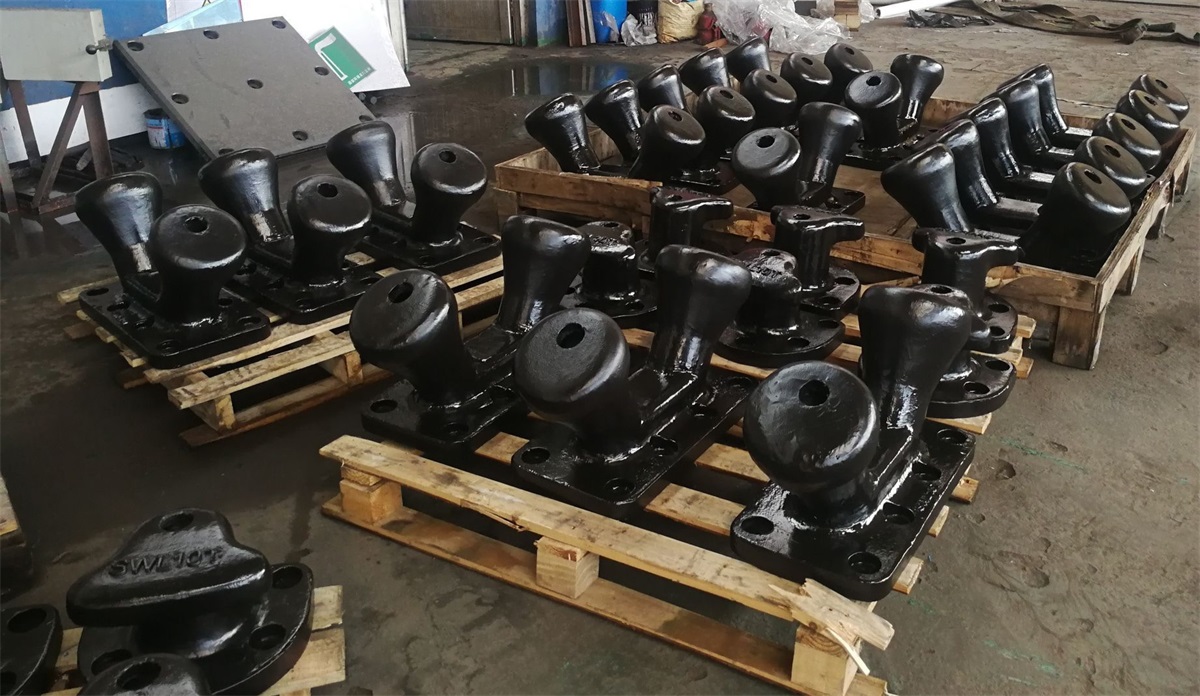How to Choose The Right Marine Bollard - Part 2
4. Dimensions and Installation
- Diameter ≥ 6 x 6 of the rope diameter (to ensure the bending radius of the rope).
- Anchoring requirements: High-strength anchor bolts + sufficient floor area, and the load needs to be transferred to the load-bearing structure of the wharf.
- Fatal point: The local pressure-bearing capacity of the wharf must be verified before installation.
5. Operating Procedures
①. Fixed load: The maximum load is determined based on the ship's mooring calculation book and wind and wave data.
②. Select the type : For general scenarios, choose double-column piles; for oil tankers or harsh sea conditions, select cross bollards or automatic mooring bollards.
③. Check certification: It must comply with ISO 3913, OCIMF MEG4 (mandatory for oil tankers) or BS 6349 standards.
④. Strength verification: The supplier provides a load test report, and the engineer checks the strength of the anchor bolts and the bearing capacity of the concrete.
6. Risk Warning
- Underestimation of load: Strong wind/surge impact force was not taken into account → Bollard breakage.
- Anchoring defect: Insufficient bolt grade or inadequate concrete strength → Overall pull-out accident.
- Standard deficiency: Oil tanker terminals without OCIMF certification = major accident hazard.
Selection mnemonic: Calculate the load by 1.5 times, and provide double-column cross as needed. Galvanized anchoring provides a strong foundation and is fully certified to avoid risks.




